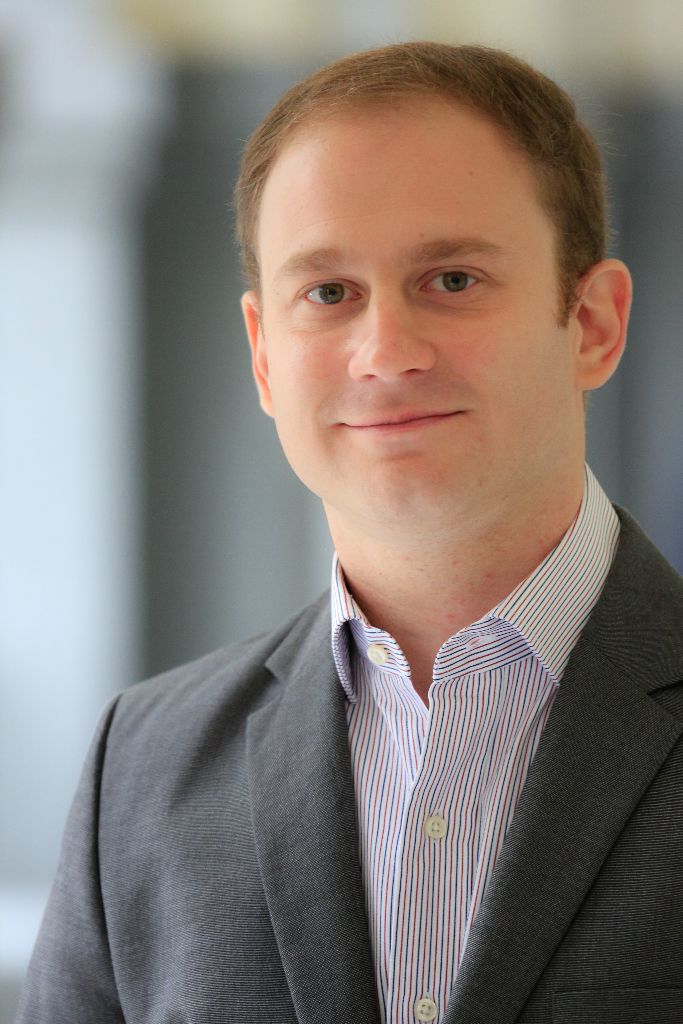Known as one of the biggest nearshore IT services success stories, Argentinian software development giant Globant is rapidly scaling up its business on a global scale, with its most recent expansion being a development center in Pune, India.
Coming from a company that started out with the philosophy of “if Indians can do it, so can Argentinians”, this news might come as something of a surprise, but the decision to set up in Pune is based on the location of capable talent – a strategy that, according to its founders, is the best way to become a serious player in the worldwide IT services market.
Stepping into India

When questioned about the labor arbitrage advantages of the region, Migoya explained that his company is not “playing that game that much”, mainly because the price at which Globant sells its service are around two times the price of other IT services companies. “We are not that interested in cost, but in the depth of the talent pool that we are seeing in Pune and Bangalore,” he said. “The most important thing is having the right talent, not necessarily at a cheap rate. The world is our oyster to discover that talent, and wherever we see it on scale, we will execute our strategy.”
From Bangalore to Pune
With the Clarice offices in Bangalore, and now the new development center in Pune, Globant has stuck to one of its expansion models that involves setting up operations in additional cities, not just new countries. “Between those two places we have enough leeway to play the game in India,” said Migoya. “But we will keep on looking at more potential acquisitions, for sure.”
Globant’s Pune development center is not focused on one specific service, instead playing a part in pretty much all the “studios” that the company has, including wearables, UX, design, IoT, AI, big data, mobile, gaming, social, and cloud, among others. These new “Globers” (the term for Globant staff members) can be part of any studio, depending on their capabilities and skills, so are not geographically limited.
The plan, according to Migoya, is to have a total of 1,200 seats in Pune, but if more space is required to grow further, the company already has it available, so is planning ahead for plenty of growth. Despite opening just this month, he revealed that Globant already intends to double the size of the Pune center.

Although we requested average salaries for Globers in both India and Latin America, the company does not disclose such information.
Migoya is positive about the move, stating that the Pune development center will be productive for the company’s future, particularly in terms of talent capabilities. “It’s a two-sided game,” he said. “On one side, we play the availability of talent game, but the other is all about capability, and the trick is to play both games in a single move.”
Globant’s Global Plan
The company is looking at other locations outside of India and Latin America, as well as further growth in existing locations, but is not yet publicly announcing those developments. “Globant is growing; we now have 5,500 people worldwide,” said Migoya. “When you have that kind of workforce, you need to grow all your locations, so our growth strategy is pretty balanced in terms of the places we choose to ramp up and expand. Incidentally, we will keep on expanding in the Americas as we have been – it’s just business as usual.”

Globant’s largest client base originates from the United States, followed by the United Kingdom, Europe, and Latin America, the majority of which have been positive about the company’s move into India. “Many of our clients already had some operations in India, so our new offering in the country really helped a lot,” said Migoya. “Some of them were indifferent because they were already working in Latin America and had no interest in expanding into another location, but in general they are open to seeing the new location and how it works.”
“Globant have learnt to be very patient within their strategy,” said Gonzalez. “Their acquisitions have been very targeted and they are enthusiastic about their growth expectations. They’re investing in branding, especially with the Pune offices, which have already been recognized for their innovative design. It will probably be one of the highest quality and lowest cost locations for the firm, because even though Brazilian and Argentinian currencies have been depreciating, the countries cannot offer the same low salaries that they do in India. It’s a great move in terms of trying to offer more quality and decrease cost. This will help them offer services to Asia, Oceania and other countries in Europe, where they had almost no presence at all.”










Add comment